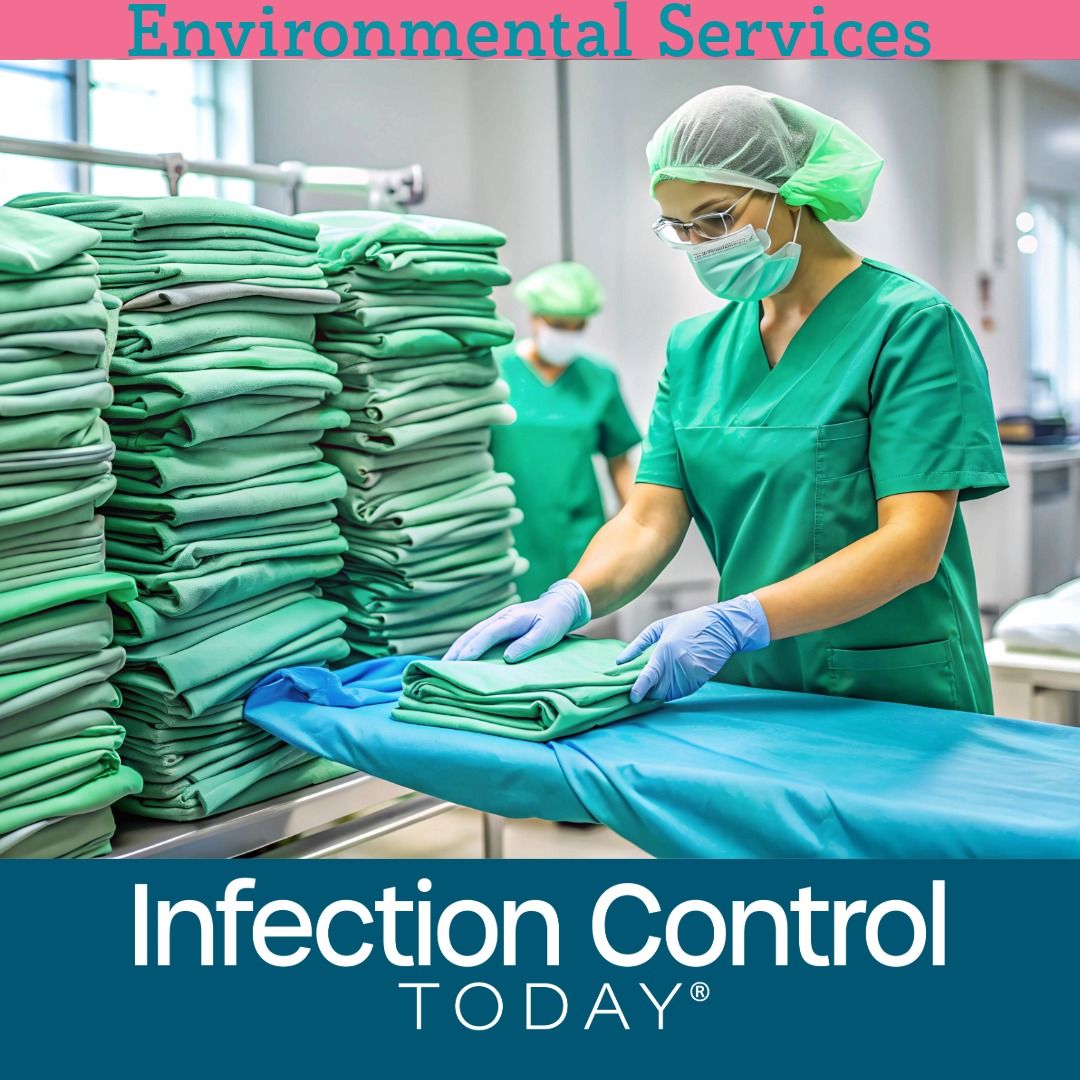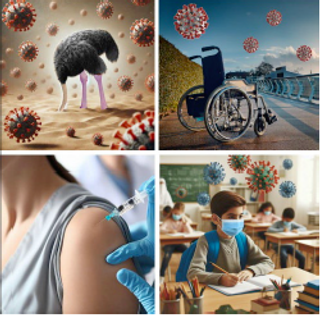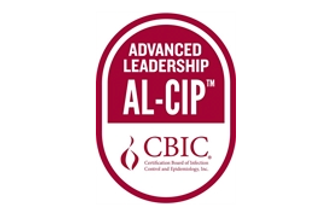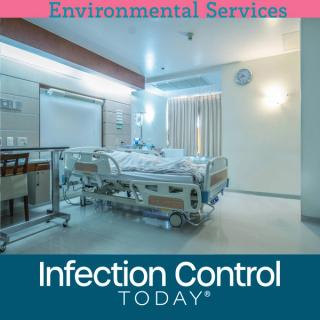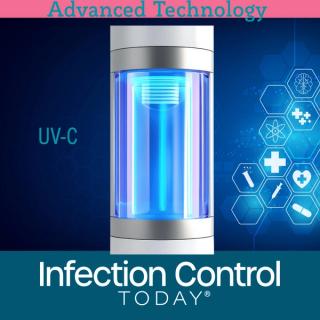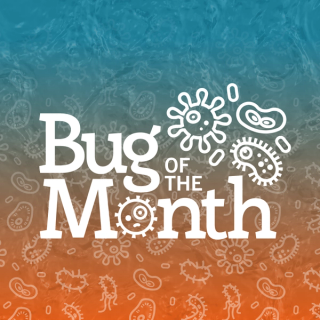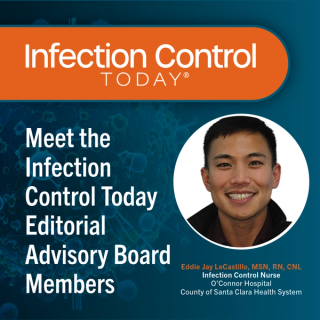
Prevention
Latest News

Latest Videos

More News

As hospitals face layoffs and budget cuts, the need to demonstrate IPs' measurable impact has never been greater. For IPs, that means transforming your resume into more than a list of duties: it must tell the story of outcomes, savings, and lives protected. Now is the moment to redefine your role—not as a cost center, but as a catalyst for safety, efficiency, and organizational success.

Here are the formal rules for the 2024 Winner of the Infection Control Today’s Educator of the Year Award™.
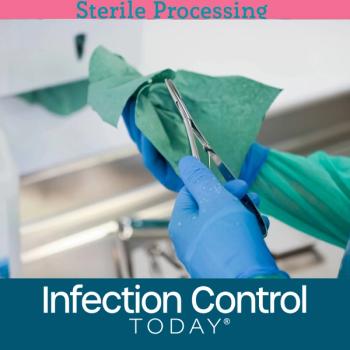
How can health care facilities and health providers implement point-of-use (POU) instrument care? Here’s a closer look at the entire process, the principles guiding its implementation, and the potential barriers to implementing point-of-use instrument care.

In this installment of Building Bridges in Infection Prevention, what a mattress mistake can cost both patient and facility.
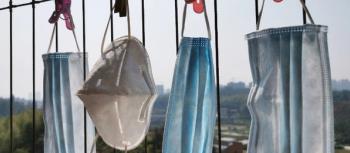
Public health is under attack. The CDC shooting underscores how misinformation fuels mistrust and danger. In this climate, evidence-based protections like masking aren’t optional—they’re essential. Layered strategies remain our best defense against deadly pathogens.

In a world full of corrections and checklists, don’t underestimate the quiet power of encouragement. One sentence—spoken with sincerity—can spark confidence, courage, and change. Infection preventionists do more than monitor safety; they shape culture. So today, go beyond reminders. Speak life. Name the good. Someone’s future may depend on it.

VIM-producing Pseudomonas aeruginosa isn’t just surviving in ICUs; it’s thriving. With mortality rates exceeding 30%, colonization risks hiding in drains, devices, and even donor milk, IPs must take proactive steps to outsmart this pathogen. Now is the time to double down on environmental controls, risk factor recognition, and surveillance strategies. Let’s break the biofilm cycle before the next outbreak takes root.
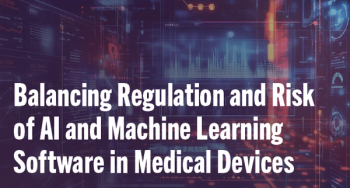
Artificial intelligence may be revolutionizing sepsis detection and diagnosis, but can we trust it without strong regulatory guardrails? As AI/ML-enabled medical devices rapidly evolve, IPs must stay informed and involved to ensure safety keeps pace with innovation. Let’s take a closer look at how to advocate for innovative safe implementation.
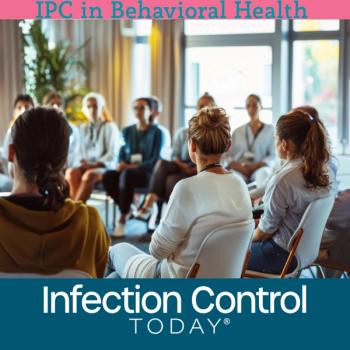
Infection prevention in behavioral health isn't one-size-fits-all. From PPE to hand hygiene, unique risks demand tailored solutions. Learn how to protect patients and staff safely and effectively.

Check out our first IPC Crossword Challenge.
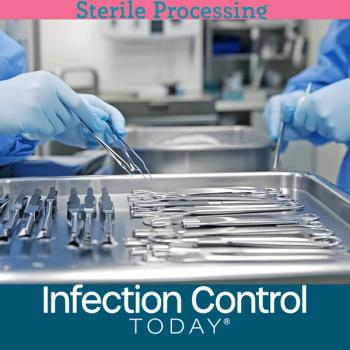
Sterilization is the backbone of safe patient care, but not all methods are created equal. From steam’s tried-and-true reliability to ethylene oxide’s versatility for complex devices and hydrogen peroxide plasma’s rapid, residue-free cycles, each technique carries unique advantages—and limitations. Understanding when and how to use them can mean the difference between seamless infection prevention and costly setbacks.

Join global leaders in infection prevention, pandemic response, and public health strategy at the Health Watch USA 20th Annual Conference. This is your chance to gain actionable insights on emerging pathogens, vaccine misinformation, and antibiotic resistance, while earning CE credits at no cost. Don’t wait; Be part of the solution.

Infection prevention starts long before exposure; it begins with what we put into our bodies. This article series explores how key vitamins and nutrients like D, C, zinc, and more can strengthen immune defenses, reduce respiratory illness severity, and empower infection preventionists with evidence-based strategies to support overall health from the inside out.

Want dental assistants who don’t just know infection control, but live it from day one? Tune in to The Clean Bite and learn how powerhouse instructor Samantha Mangioni is shaping the next generation to protect every patient, every time.
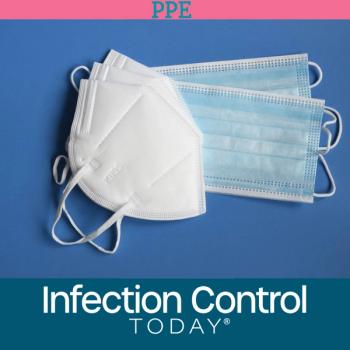
Once a symbol of crisis, face masks have evolved into everyday essentials—driven not only by pandemic preparedness but by rising air pollution, cultural shifts, and workplace safety regulations. As innovation and demand grow worldwide, the protective face mask market is poised for long-term expansion well beyond COVID-19.

As drug-resistant infections rise, infection preventionists must look beyond outdated disinfectants. HOCl offers a safer, sustainable solution that has been proven effective, residue-free, and ready for health care use today.

As climate change accelerates, health care’s environmental impact faces increased scrutiny, with sterile processing departments (SPDs) emerging as key change agents. Often behind the scenes, SPD professionals can lead sustainability by turning routine practices into ecofriendly protocols that protect both patient and planetary health.
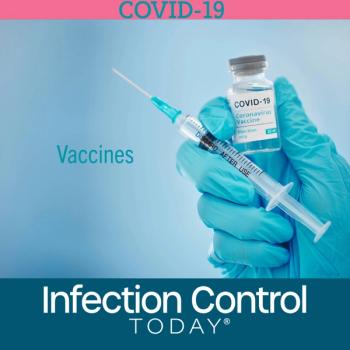
As the FDA limits COVID-19 vaccine approvals to high-risk groups, healthy adults and pregnant individuals are being left behind. Learn how these changes could impact insurance coverage, long COVID prevention, and public health strategies.
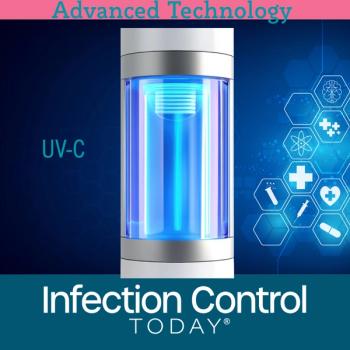
The FDA’s new mandate requiring clearance for UVC disinfection devices is reshaping the infection prevention landscape, ensuring only proven, science-backed technologies are used to protect patients.

The HHS has launched a $100 million pilot program to eliminate hepatitis C in high-risk populations, an effort that infection prevention professionals can help shape by extending control strategies beyond hospital walls and into underserved communities.

Sharps injuries remain a silent but serious threat in health care that infection preventionists are uniquely equipped to confront. With underreporting widespread and safety devices underused, it’s time for IPs to step into a leadership role, using their expertise in systems thinking, education, and policy to build a culture where staff protection is as prioritized as patient care.

Sharps safety isn’t just an operating room issue—it’s a system-wide concern that demands stronger policies, consistent reporting, and cross-departmental collaboration to truly protect health care workers.
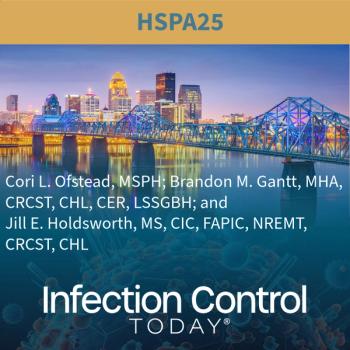
Sterile processing departments are facing a new standard: clean is not clean unless you can see it. At HSPA 2025, experts emphasized that updated IFUs and borescope inspections must be built into routine workflows, not as extra tasks, but as core components of quality control and infection prevention.

Despite decades of progress in health care safety, a quiet but dangerous culture still lingers: many health care workers remain afraid to report sharps injuries, fearing blame more than the wound itself.

At the 2025 HSPA Annual Conference & Expo, Cori L. Ofstead, MSPH, highlighted critical flaws in manufacturers’ instructions for use (IFUs) for orthopedic and neurosurgical instruments. From contradictory directions to unrealistic cleaning expectations, these IFUs often fail under real-world conditions, jeopardizing both patient safety and sterile processing workflows.


